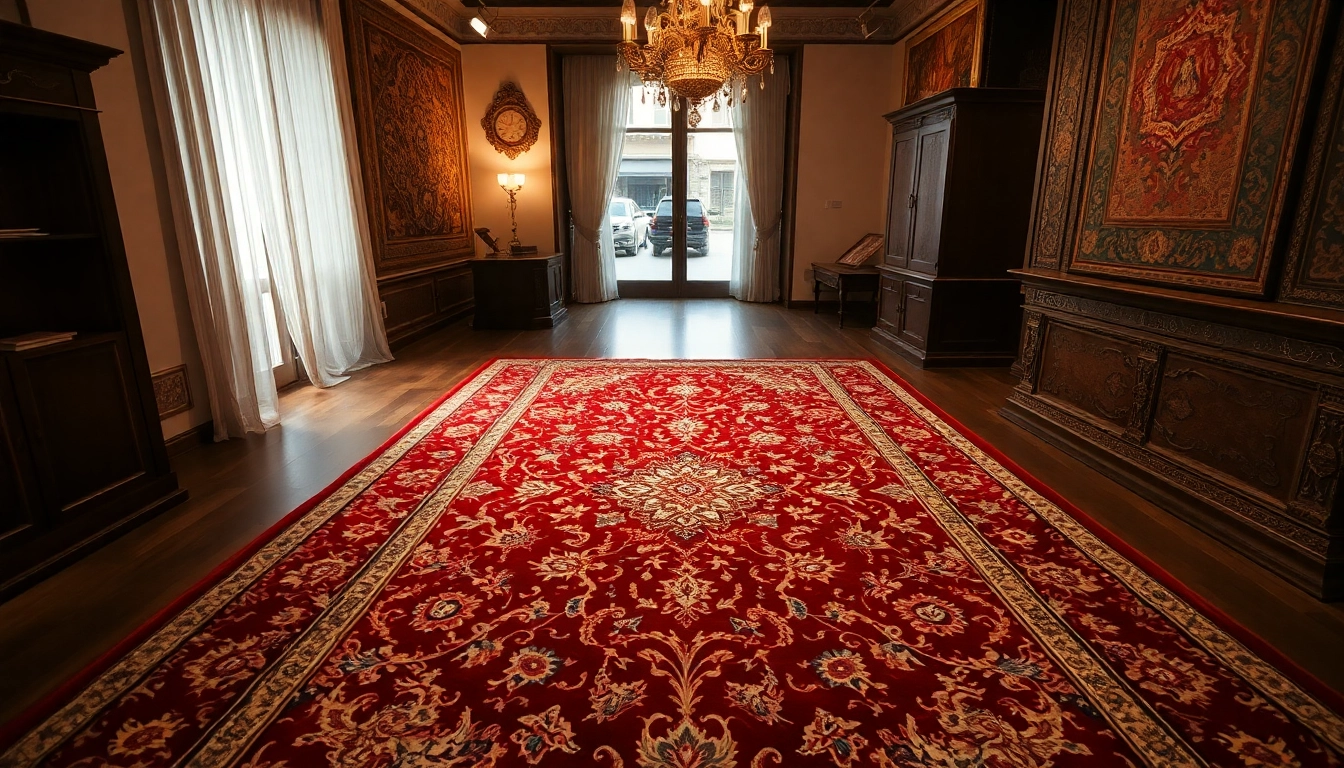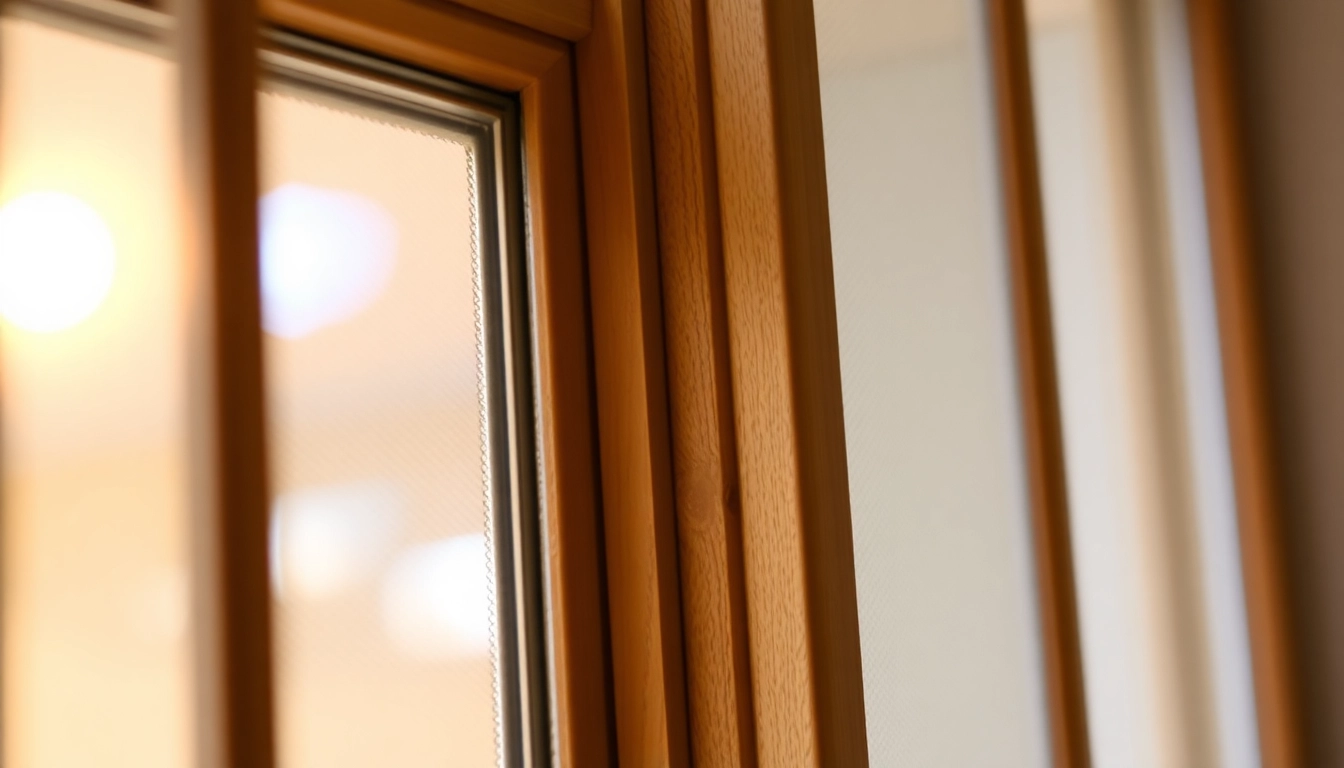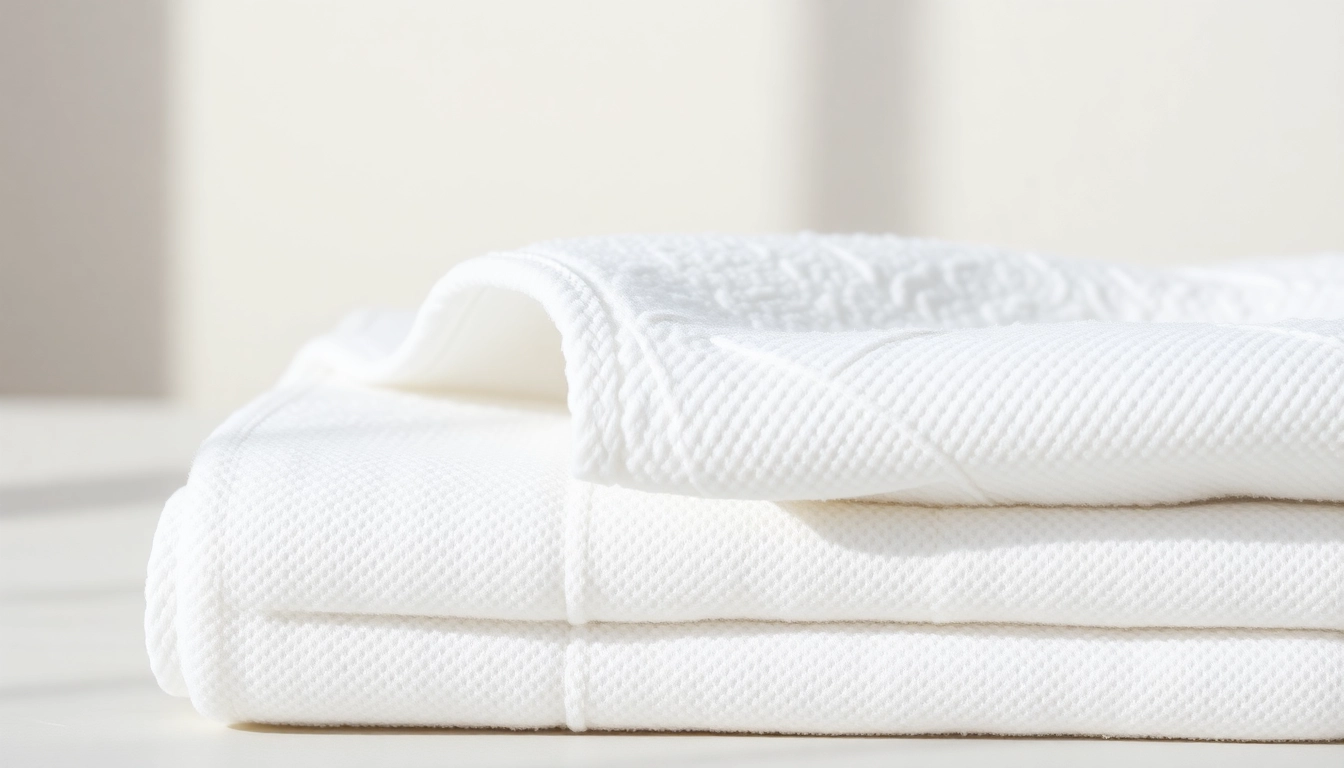Understanding the Unique Features of Tappeto Persiano Milano
Tappeto persiano Milano stands as a testament to centuries of exquisite craftsmanship and rich cultural traditions. These carpets are renowned worldwide for their intricate designs, high-quality materials, and exceptional weaving techniques. In Milan, a city that embodies both modern refinement and a deep appreciation for art and history, authentic Persian rugs occupy a special place in interior design. Whether enhancing a contemporary living space or complementing a classic decor, the Tappeto persiano Milano combines timeless elegance with local sophistication.
Historical craftsmanship and traditional patterns
The heritage of Persian rug weaving dates back over 2,500 years, originating from ancient Persia (modern-day Iran). Artisans have preserved traditional patterns such as floral medallions, geometric motifs, and symbolic symbols that narrate cultural stories, spiritual beliefs, and regional identities. Milanese collectors and interior designers value these carpets not just as decorative items but as historical artifacts. Authentic Tappeti persiani in Milan are often handcrafted with meticulous attention to detail, ensuring each piece is unique—an embodiment of centuries-old traditions passed down through generations.
Material quality and weaving techniques
The highest quality Persian rugs are woven using premium natural fibers such as wool, silk, or a combination of both. Wool offers durability and a warm, soft texture, while silk provides a lustrous finish and allows for finer, more detailed patterns. The weaving process involves complex knotting techniques, with artisans sometimes dedicating months or even years to complete a single piece. This meticulous craftsmanship results in dense, durable, and visually stunning rugs, making them highly prized investments both aesthetically and economically.
Different types and styles available in Milan
Milan offers a diverse selection of Persian rugs, ranging from ancient antique pieces to modern interpretations. Popular styles include Tabriz, Isfahan, and Kerman designs—each distinguished by their unique motifs and regional attributes. Tabriz carpets are known for their intricate floral patterns and high knot density, while Isfahan rugs are celebrated for their detailed medallions and sophisticated color palettes. Modern makers also craft Persian-inspired designs, blending tradition with contemporary aesthetics to suit a variety of interior themes.
Guide to Selecting a Tappeto Persiano Milano That Fits Your Style
Matching rugs with interior design themes
When choosing a Persian rug, consider your overall interior design theme. Classic and opulent interiors benefit from richly patterned, antique-style tapis, while minimalist or modern setups can be complemented with simpler, geometrically patterned rugs. For example, a vibrant, elaborately detailed persian rug can serve as a statement piece in an otherwise neutral room, adding texture and visual interest. Conversely, a subdued color palette in a contemporary setting allows the rug to seamlessly integrate without overpowering the space.
Size and placement considerations
Proper sizing is crucial in determining how a Persian rug enhances your space. Larger rugs (e.g., 200×300 cm or greater) are suitable for living rooms, dining areas, or bedrooms, anchoring furniture arrangements effectively. Smaller rugs can be used as accents or in entryways. Placement also matters; in a living room, position the rug to encompass the seating area, leaving enough space around the edges to showcase the flooring. In bedrooms, align the rug with the foot or side of the bed for comfort and style.
Color palettes and pattern choices
Persian rugs come in a broad spectrum of colors—from traditional deep reds, blues, and golds to lighter, pastel hues. Choose a palette that harmonizes with your existing decor. For example, a deep red rug can add warmth to a cool-toned room, while a light-colored rug can brighten darker spaces. Pattern choices should align with your aesthetic; intricate medallions and floral motifs add a sense of luxury, whereas geometric or abstract designs offer a more modern appeal. Keeping the overall color harmony in mind helps create a cohesive, inviting environment.
Where to Purchase Authentic Tappeto Persiano Milano
Reputable showrooms and specialized stores
Milan hosts several renowned showrooms specializing in Persian and Oriental rugs. Artorient Milano, for example, offers a vast selection of authentic Persian carpets, including antique and modern pieces, with comprehensive assistance from expert staff. Toranj also provides high-quality, handcrafted Persian rugs, along with restoration services. Visiting these dedicated stores allows buyers to evaluate material quality firsthand, inquire about origin, and appreciate craftsmanship, ensuring a genuine purchase.
Online platforms and trusted sellers
For convenience and expanded selection, online platforms are increasingly popular. Reputable sellers, such as those listed in local directories, provide detailed images, provenance documentation, and authenticity guarantees. Nonetheless, buyers should verify credentials and reviews to avoid counterfeit or low-quality rugs. Some websites facilitate virtual consultations, allowing clients to select pieces tailored to their preferences while maintaining transparency about origin and craftsmanship.
Services offered: restoration, cleaning, and customization
Authentic Persian rug providers often offer value-added services, including professional cleaning, restoration, and customization. Restoration specialists can repair damages, reweave worn areas, or re-dye faded colors, extending the lifespan of your investment. Customization options include creating bespoke designs or resizing existing rugs to match specific interiors. These services not only preserve cultural heritage but also ensure your Tappeto persiano Milano remains beautiful and functional for years to come.
Tips for Care and Maintenance of Your Tappeto Persiano Milano
Regular cleaning and vacuuming techniques
Maintaining your Persian rug involves regular vacuuming to remove dust and loose dirt. Use a gentle suction setting and avoid-beater bars that can damage delicate fibers. Deep cleaning should be performed by professional specialists periodically, especially in a high-traffic environment. Spot cleaning stains immediately with mild, pH-neutral detergents helps prevent permanent marks, ensuring the rug retains its vibrant colors and intricate details.
Handling stains and repairs
Address stains carefully—blot (don’t rub) with a clean, damp cloth and avoid harsh chemicals. For persistent or severe damage, consult a professional restorer who specializes in Persian textiles. Timely repairs, particularly for frayed edges or missing knots, help maintain structural integrity and aesthetic appeal, preserving the rug’s value over time.
Long-term preservation strategies
To prolong the life of your Tappeto persiano Milano, avoid direct sunlight, which can fade colors. Use rug pads to prevent slipping and reduce wear. Rotate the rug periodically to ensure even aging. Storage in a clean, dry environment with breathable covers when not in use further protects your investment against pests and moisture damage.
Pricing and Investment Insights for Tappeto Persiano Milano
Understanding factors influencing cost
The price of a Persian rug depends on various factors, including age, rarity, knot density, size, materials, and craftsmanship quality. Antique pieces or those from renowned weaving regions such as Tabriz or Isfahan can command higher prices. Silk rugs are typically more expensive than wool, reflecting material cost and finesse of the weaving process. Authenticity and provenance also influence valuation, especially for rare or historically significant pieces.
Expected price ranges in Milan
In Milan, the market offers a broad spectrum of Persian rugs, from affordable, well-made reproductions to high-end antiques. Prices can start from around €200 for small, modern reproductions and rise to several thousand euros for antique, handcrafted, and rare pieces. For those seeking a genuine investment, high-quality antique rugs may exceed €5,000, reflecting their cultural value and craftsmanship.
Value appreciation and investment potentials
Persian rugs are considered both decorative assets and investment opportunities. Authentic, well-maintained pieces often appreciate over time, especially rare or antique items with provenance. Proper care, documentation, and selecting reputable sellers can significantly enhance their value. Investing in high-quality Tappeti persiani Milano can diversify personal portfolios, preserve cultural heritage, and serve as a lasting family heirloom.




